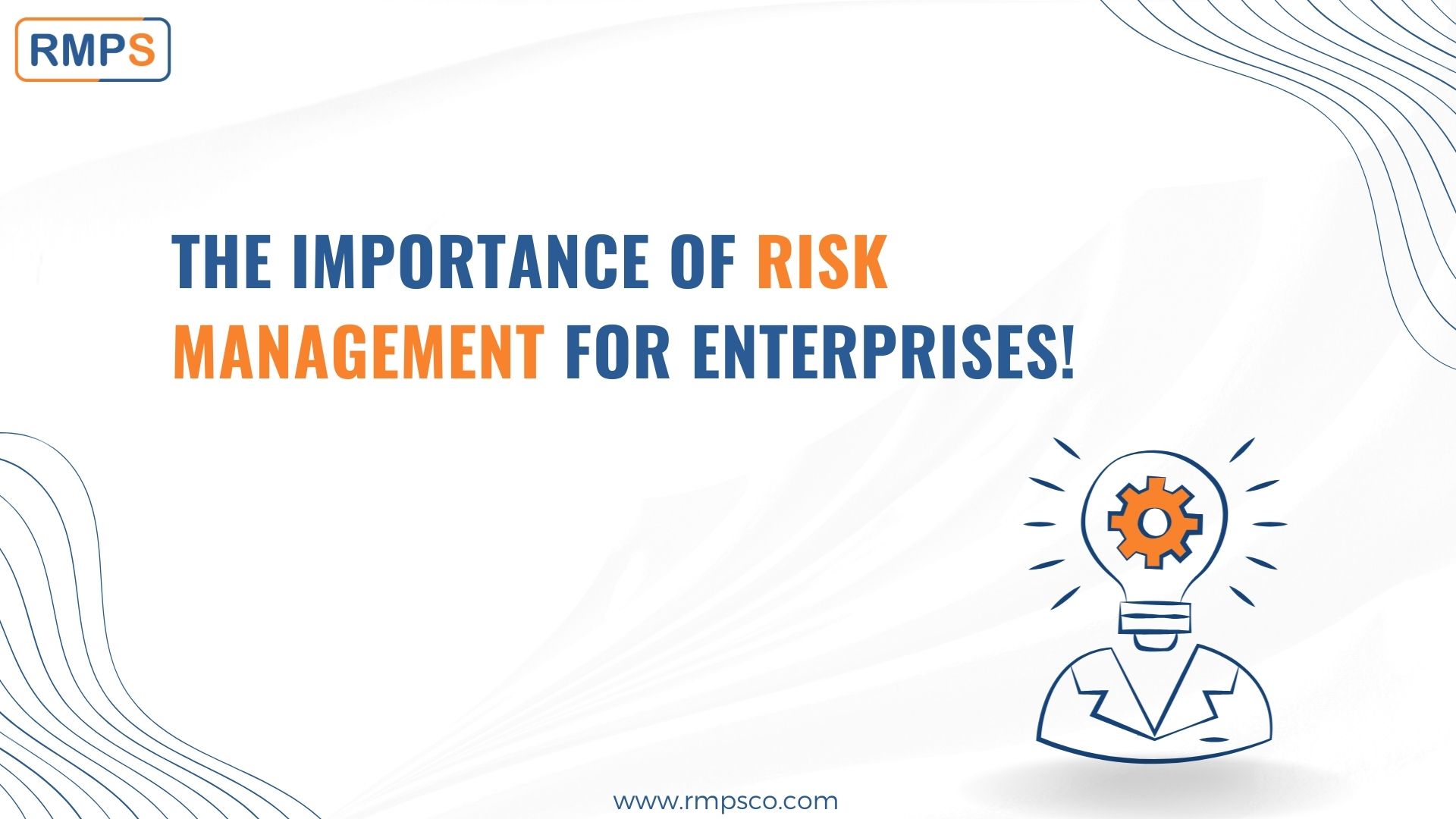The Strategic Importance of Risk Management in Building Competitive Advantage
The Strategic Importance of Risk Management in Building Competitive Advantage
Blog Article
The Importance of Understanding the Relevance of Risk Management in Different Industries

The Core Concept of Risk Management and Its Objective
Risk Management, the cornerstone of lots of sectors, rests on the recognition, assessment, and reduction of unpredictabilities in a company setting. It is an integral technique that allows organizations to secure their properties, credibility, and total survival. By properly recognizing prospective threats, companies can create methods to either prevent these threats from occurring or decrease their influence. The evaluation procedure includes examining the probability and possible intensity of these threats. The mitigation process involves devising strategies to reduce their potential influence as soon as threats have actually been recognized and evaluated. This process is cyclical and continuous, making certain that businesses are prepared for the ever-changing nature of Risk in different industries. The key function, thus, is to cultivate durability amidst unpredictabilities.
Benefits of Implementing Risk Management in Organization Operations

Unveiling the Role of Risk Management in Different Industries
While every industry confronts its one-of-a-kind set of risks, the execution of Risk Management strategies remains an usual denominator in their quest of sustainability and growth. In the healthcare field, Risk Management involves making sure client safety and security and data defense, while in financing, it entails mitigating investment dangers and guaranteeing governing compliance. Inevitably, the duty of Risk Management across markets is to determine, analyze, and reduce risks.
Real-life Study Demonstrating Successful Risk Management
To understand the significance of Risk Management in these several sectors, one can look to numerous real-life instances that illustrate the effective application of these procedures. Toyota, upload the 2011 quake in Japan, changed its supply chain Management to reduce disruption risks. These situations show how sectors, learning from situations, properly website here applied Risk Management approaches to reduce future dangers.
Future Patterns and Growths in Risk Management Methods
As the globe remains to advance, so too do the patterns and advancements in Risk Management strategies. Fast innovations in innovation and data analytics are improving the Risk landscape. Large information and AI are now important in anticipating and mitigating dangers. Organizations are leveraging these devices to build predictive models and make data-driven decisions. Cybersecurity, when an outer worry, has actually catapulted to the center of Risk Management, with strategies concentrating on avoidance, action, and discovery. The combination of ESG (Environmental, Social, Governance) factors into Risk Management is an additional expanding pattern, reflecting the enhancing acknowledgment of the role that social and environmental threats play in service sustainability. Thus, the future of Risk Management hinges on the fusion of sophisticated technology, innovative strategies, and an all natural strategy.
Final thought
In final thought, recognizing the value of Risk Management across a spectrum of markets is essential for their long life and success. Inevitably, successful Risk Management contributes to much more durable and lasting organizations, highlighting the significance of this method in today's go to the website extremely affordable and dynamic service atmosphere.
While every market confronts its unique set of risks, the implementation of Risk Management techniques remains a typical denominator in their search of sustainability and development. In the medical care market, Risk Management entails ensuring patient safety and information defense, while in financing, it includes mitigating investment threats and ensuring governing conformity. Inevitably, the role of Risk Management across sectors is to recognize, analyze, and alleviate dangers. These cases show just how markets, learning from crises, properly used Risk Management approaches to minimize future risks.

Report this page